Lenawee County middle and high schoolers using virtual reality headsets to learn math

Middle and high school students around Lenawee County are using virtual reality headsets to learn math concepts through a program with the Lenawee Intermediate School District, Prisms of Reality and T-Mobile.
All 11 Lenawee County school districts as well as LISD Adult Education, the LISD Middle College and Lenawee Christian School are participating in the program.
Prisms VR, the company that produces the learning platform software modules, was started and is led by its founder and CEO Anurupa Ganguly, a former high school algebra and physics teacher and math director for Boston Public Schools and math director in New York City.

“I was a teacher and district leader for many years and realize we don’t have the tools to close the achievement gap in New York City. In Boston, we pretty much purchased everything on the market, but our numbers in the U.S. remain stagnant, despite billions and billions of dollars in investment in ed-tech,” Ganguly said. “I became very sensitized to the fact that we don’t have the right tools in teachers’ hands. I discovered that the top indicators of success in secondary STEM (science, technology, engineering and math) are, one, your ability to think spatially, so you can rotate 3-D objects in your mind and maintain perspective and, two, your ability to abstract and create higher representations of physical human experiences.”
Ganguly said she started Prisms VR in 2020 to build a spatial learning program where kids can immerse themselves in real-world problems.
The startup was first funded by the National Science Foundation and National Institutes of Health for the initial design of the VR and implementation of the technology in schools. Then Ganguly raised venture capital to fund the business.
“VR is a brand-new medium. It is very distracting if you don’t modulate the affordances. You have visual, sound, haptics, the emotions of the storytelling. If you aren’t really concerted in your design, kids are going to learn nothing in there, which is what happened for a year. It was cool and it was fun, but learning was minimal,” Ganguly said. “There’s a huge upscaling effort right now where I have armies of teachers around training teachers how to use it.”
In 2021, Prisms graduated from the T-Mobile Accelerator program. T-Mobile has awarded $425,000 in headset donations and worked with Ganguly to provide executive coaching as the business scales.
Prisms VR uses T-Mobile 5G hotspots for connecting Oculus and Pico headsets to the internet.
“Prisms VR impressed us with their goals to tackle a big problem — to make learning math and physics fun while increasing competency and understanding — in a new and unique way using VR,” John Saw, executive vice president of advanced and emerging technologies for T-Mobile, said. ““The students of today can one day be developing the next great 5G use case so it’s important for us to work with companies that promote STEM education.”
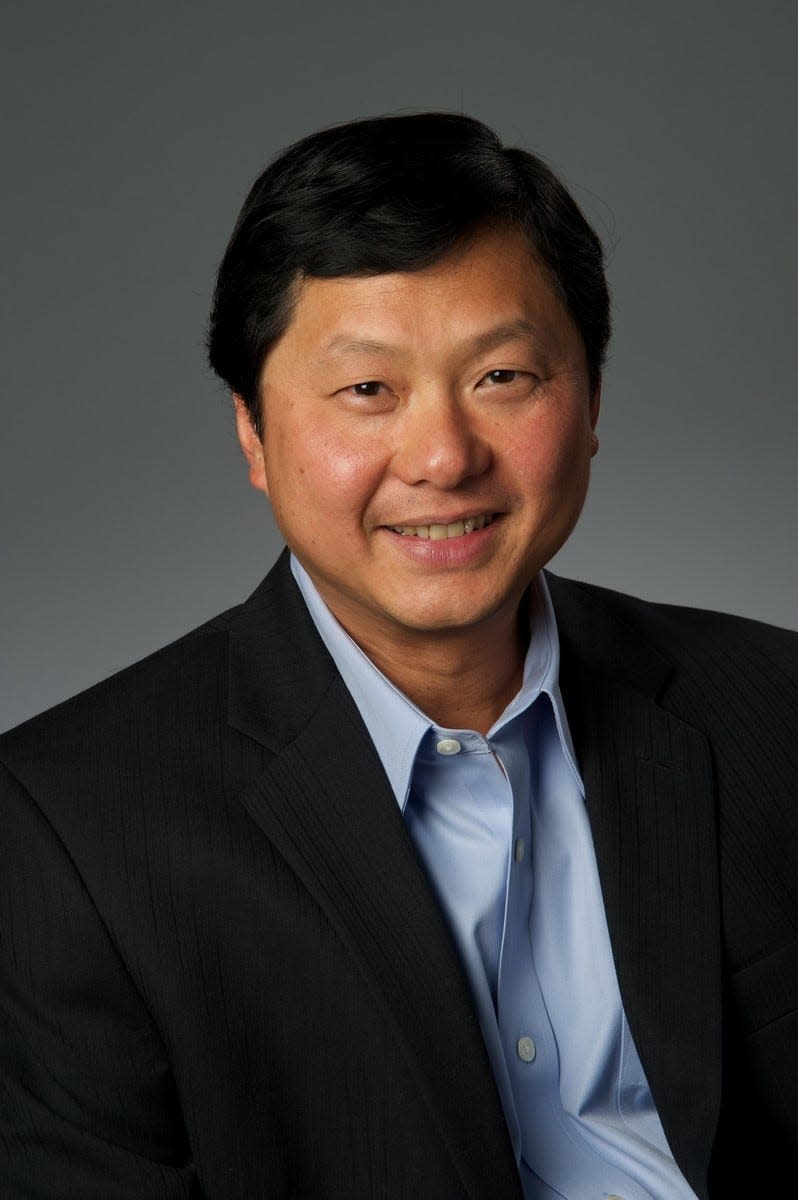
The LISD began the program in November 2022. John Hill, LISD curriculum consultant, began emailing teachers that he knew would be interested in using VR and then worked with them to show them how the technology works and to see how the students liked it. The program has taken off from there.

The LISD purchased the software licenses for Prisms VR’s content and professional development for teacher training. The headsets and hotspots were donated by Meta, the parent company of Facebook that makes the Oculus headsets, and T-Mobile, respectively. The LISD spent approximately $10,000 on the program and received a Meta grant for 30 Oculus headsets and approximately $10,000 from the Regional Educational Media Center Association of Michigan as well as an approximate $7,500 Michigan International Speedway Cares grant.
After receiving the 30 Oculus headsets, the LISD purchased another 30 devices called Pico, which is similar to an Oculus but can be used with students who are younger than 15 in the classroom. The Oculus headsets have an age restriction and warnings on seizures and headaches.
The headsets are checked out by teachers, the LISD delivers them to the school, the teacher has about three days to use them, and on the third day they are sanitized and packed up and the LISD comes to pick them up.
The T-Mobile hotspots worked out well for the LISD program.
“We just happened to be in the middle of getting all our stuff in a rural area to try this. It was free for us. It was free for the schools. They sent us the free hotspots. We haven’t paid anything for them. They’re going to do their own research on rural schools and what they help provide for making things equitable for schools with hotspots,” Ann Smart, educational technology consultant for the LISD, said. “We were on the lucky end of districts in Michigan to be able to do that. We just happened to be in the right place at the right time for that.”
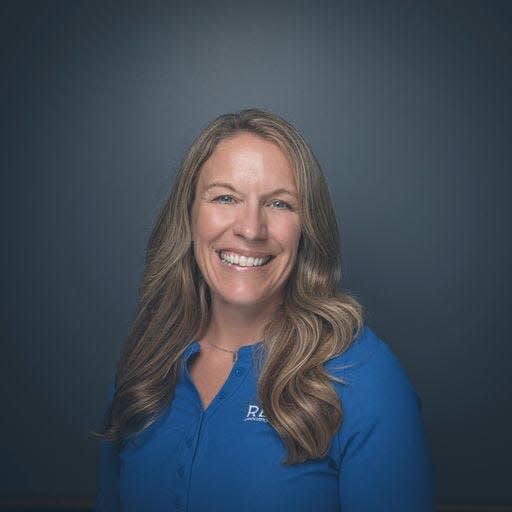
The lessons include middle school math from the seventh grade through advanced algebra.
“Instead of doing the story problem on paper, you’re putting yourself into the actual problem to solve it in a virtual reality, real-world situation,” Smart said. “They’re very real-world problems. For example, one of them is weather predicting and you’re standing in a hurricane and you figure out the wind speed. There’s one for the pandemic and how the pandemic spread with economic pieces where you’re trying to help a business owner solve a problem.”
With Prisms, in a typical classroom, students are only on the headsets for about 10 to 15 days during the academic year. The other days they are doing written and group work.
Ganguly said that in a 42-minute class session, the students should only be on the headsets for 20-25 minutes. The rest of the time should be spent on discussing the learning.
Emily Spohn, a seventh and eighth grade math teacher in the Britton Deerfield school district, had been using the Oculus headsets with her eighth graders since the beginning of the 2022-23 school year due to the age restriction, but used the Pico sets with her seventh graders recently.

“I have used the T-Mobile hotspots each time and they have been a tremendous help when using the VRs," Spohn said.
Spohn said the headsets allow her to give her students freedom with their learning and to learn in an interactive, self-paced way. She can monitor the students’ success on tasks from her desktop computer.
“I am able to see the data live and know exactly where students are succeeding and where they need extra help. I am able to take complicated lessons that may be difficult to explain in a lecture format and instead show the students in a realistic setting,” Spohn said. “My students are obsessed with this type of learning and love that they are in control. I truly believe they have learned more in this way due to the realistic scenarios.”
Some of Spohn’s students found it difficult at first to manipulate and navigate the VR but worked with each other and seemed to enjoy the learning experience.

“I liked that it felt like I was in another world. I was living in the story problem and was able to draw it out,” seventh grader Allie Fraley said. “It was hard to move back and forth and to clear some things. I had another student help me and kept trying until I got better. It was easier. The visual helped and having hints made it easier.”
Student James Petosky said some of the concepts were difficult, but VR made learning fun.
“It was like playing a game — it didn’t even seem like math. It was easier. I enjoyed the visuals and not doing it in a book,” Petosky said. “Completing some of the math was hard. I had to keep trying the game part to understand.”
Student Alexis Granby said the VR was difficult at first because she didn’t know what she was doing, but she persisted.
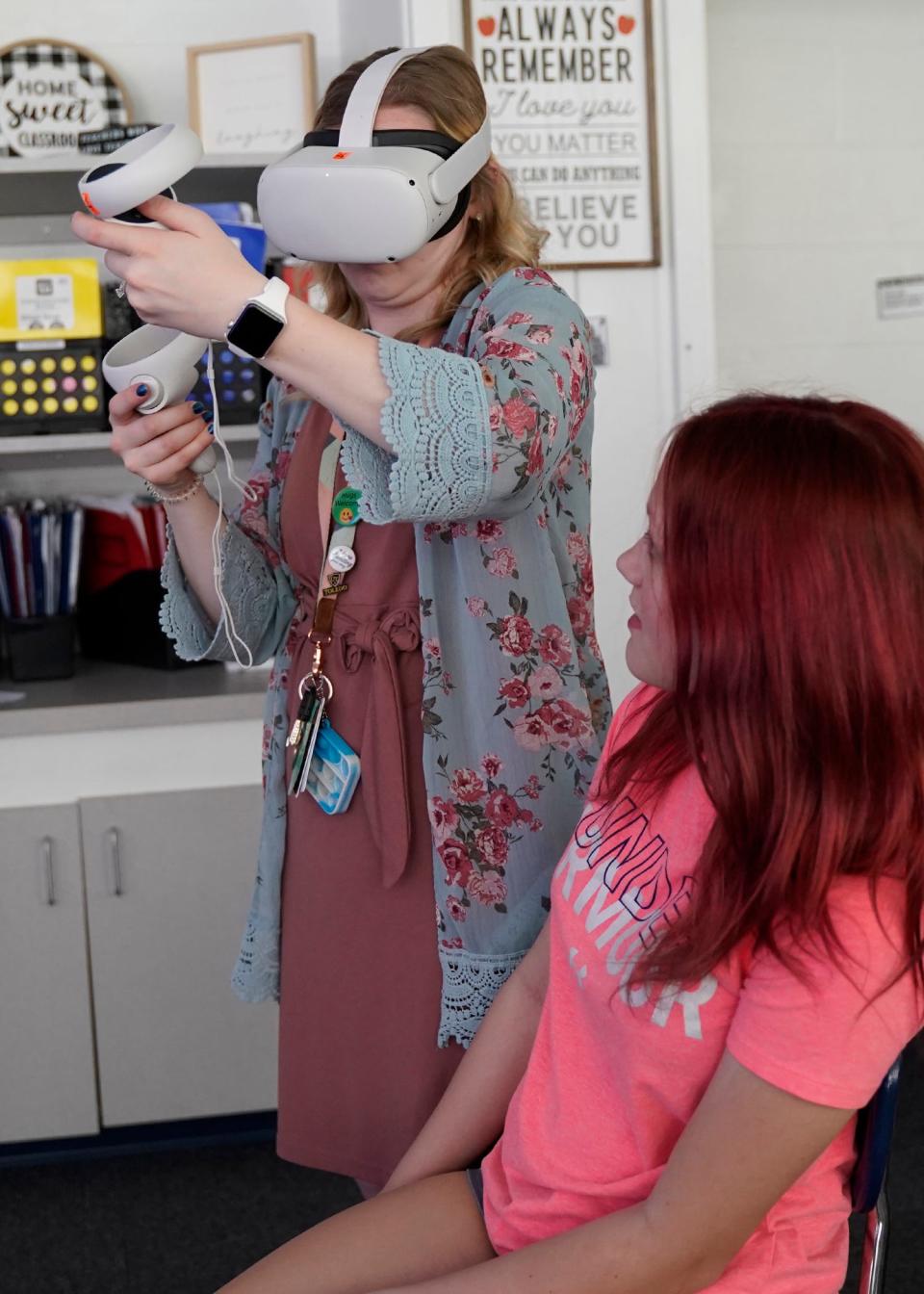
“Moving around was kind of hard. I just had to keep trying to get better at it,” Granby said. “I liked being able to draw right on the screen and how easy it was to use the tools.”
Student Dominic Willoughby said that some of the questions were difficult and that he had to work harder on them and just keep trying.
“It was more fun to explore than working in a textbook,” Willoughby said. “It was easier. If I got something wrong, it gave me tips to help.”
Spohn’s students have done rates of change, linear functions, and systems of equations and have completed each in line with the curriculum the school follows. Their understanding of mathematical concepts has increased, and Spohn has seen an increase in scores on these topics.
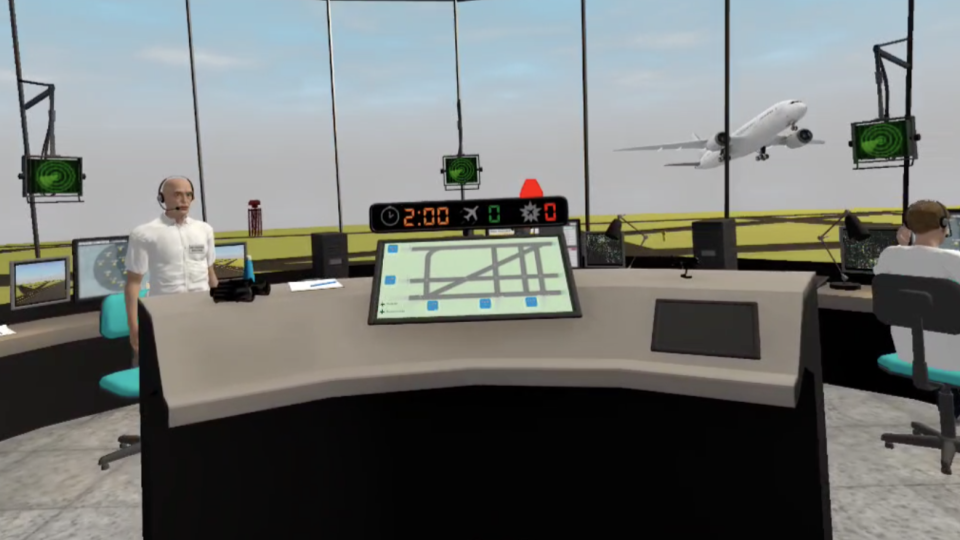
“Michigan has been an amazing lighthouse state. The way I define ‘lighthouse state’ is states where you have key leaders who said, ‘We want to teach math in this new way and we’re the first people to start adopting,’” Ganguly said, noting that Prisms has taken off in Grand Rapids and rural communities in Michigan. Ohio, Texas, Georgia and Florida are Prisms' other lighthouse states.
Ganguly said Prisms is taking a systematic approach as opposed to top-down.
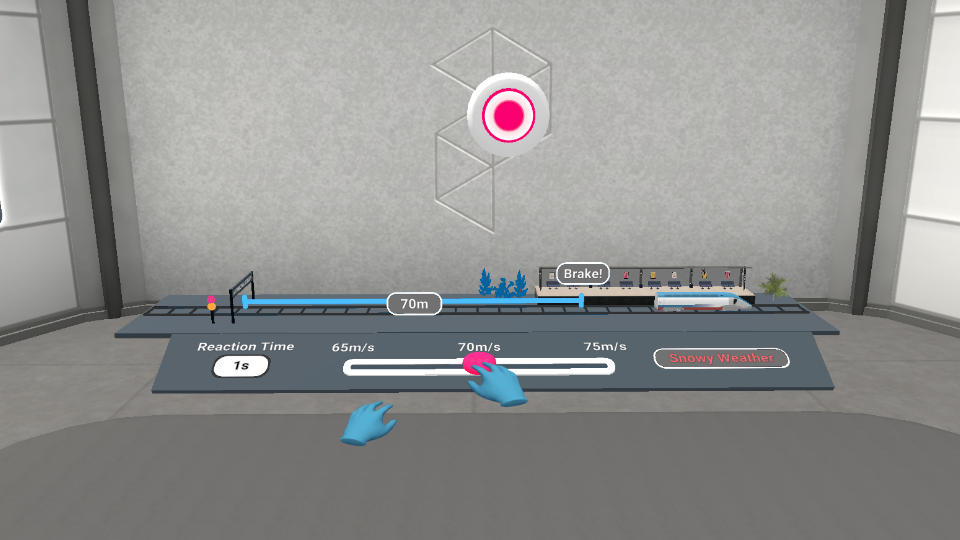
“We go into the school systems. We’re working with superintendents, chief academic officers, directors of math. We are doing in-service training for teachers. We are working within the system to change the system and the people who are asking for that change are educators and school leaders,” Ganguly said. “Sometimes tech revolutions are seen as adjacent to systems, but that’s not what we’re doing. We’re not building to disrupt. It’s actually been built on the backs of teachers and kids and that has been a very proud moment for Prisms. K-12 is not backward. School systems are not archaic. When you give them something that is truly aspirational and you give them the methodology and the training, they will absolutely join on to cutting-edge technologies.
Prisms VR just added a multiuser room feature, where students can go into different rooms and work on problems together in a virtual area. The LISD has just begun using this collaborative piece of the technology. The company will be rolling out science programs in July.
This article originally appeared on The Daily Telegram: Middle and high schoolers using virtual reality headsets to learn math

 money
money 